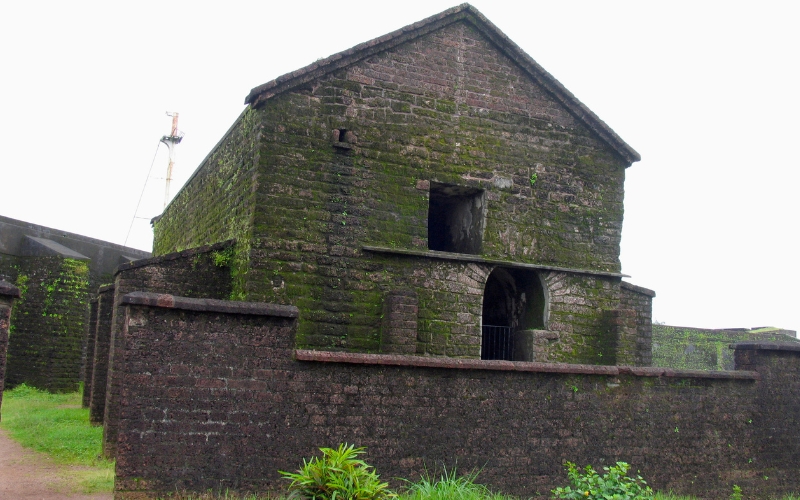St. Angelo’s Fort: A Testament to Kannur’s Colonial Past
Built in 1505 by the Portuguese, St. St. Angelo’s Fort houses numerous tales of colonial history. Aside from the fact that this structure amazingly survives till now as one of the lasting reminders of the everlasting battle between “builders of empires,” it can be labelled as an architectural masterpiece and a place of strategic importance. Its conceptual and real landscape conditions provide avid history lovers and casual tourists with a never-to-be-forgotten experience. A fortress that stands symbolically and geographically in respect of the presence of the Arabian Sea visitors.

Historical Significance of St. Angelo’s Fort
The construction of St. Angelo’s Fort was done by Dom And his highness worthily, Dom Francisco de Almeida, the first Governor of India. The fort met numerous consequences in Malabar over the politics of possession.
The Dutch captured it in 1663, bringing in a considerable change to the building of the fort. It was a possession of the Netherlands until the defeat of the Kingdom of Ana in 1797 and the fort then passed into British possession.
The next ruler of the fort briefly was the only royal Muslim family in Kerala, of the Arakkal Kingdom and the last, of the same age of the 18th century. The British East Indies Company dominated and employed this as a defended border post.
This is an excellent example of the various colonial iterations that influenced this region. Today, it still endures standing as it always stood.

